PASSION APO Spotting Scope—Compact Power & Exceptional Clarity
German Precision Optics’ Passion APO is a high-performance compact spotting scope designed and…
German Precision Optics’ Passion APO is a high-performance compact spotting scope designed and…
Mesa Tactical, well-known for its pro-grade tactical shotgun accessories, now bridges the gap…
North Kansas City’s TriStar Arms has introduced the APOC, a compact 4-inch-barrel, 9mm…
The Mod-Navy Qual I’ve been doing this qual (or drill, or whatever the current nom…
• Built for road trips and off-road use• Manual transmission equipped• Wrapped in MultiCam Arctic…
I designed the Button Man to give shooters a low-round-count, low-light-engagement drill that involved both…
In this article Doug discusses what to look for in a quality EDC flashlight and shares how and why he has chosen the lights he uses.
Everybody has their own approach to EDC gear (every day carry) depending on where they’re going, what they’re wearing and what their priorities are. What you carry while going to the grocery store in your gym shorts to grab some bacon on a Saturday morning will likely be different from what you carry on your way to the airport for a business trip. In addition to my gun, spare mag, pepper spray, and knives one of my most often used EDC items is a flashlight. There are the obvious reasons for carrying it – such as power outages, finding the keyhole on a dark night or reconnecting that power cord while climbing under your desk in poor lighting. There are also other reasons for carrying a tactical light that you may or may not have considered.
Before we get into the tactical applications, however, let’s discuss what characteristics to look for in a tactical light. First, you’re going to want something small enough to tuck into a pocket easily, and you may need more than one flashlight option based upon the various clothing requirements you have for work, recreation, etc. A larger light you can carry while wearing jeans or cargo pants may not be the best option for what you wear to work or carry on date night. Next, it needs to be easy to use, typically with a single on-off button on the backend of the light. Lumens (how bright it is) are important too. The light should have at least 400 lumens to have sufficient brightness and range and, when it comes to power, more is better. While most lights produced these days are almost all LED anyway, it’s worth noting that LED light are much more durable and dependable than older conventional bulbs. Finally, the light itself needs to be durable, as well as resistant to both shock and water. Just as with the prevalence of LED models, most of the tactical lights available on the market now are constructed for hard-use and water resistance.
As any review or discussion of gear goes, it’s important to note that tactics are the true differentiator in defensive situations and that the use of proper tactics with your gear is far more important than which piece of gear you choose. Training in low-light with a reputable instructor is a key part of a well-rounded personal safety plan and should be done with some regularity.
When moving with your light, turn it on momentarily while moving instead of leaving it on the whole time. This allows you to move without constantly giving away your position while still being able to quickly scan for threats and obstacles. I practice moving with my light almost nightly while checking on sleeping kids, locking up the house and chasing my local black bear out of my neighbor’s dumpster while I’m taking out the dogs.
Another use for a light is to deter a potential threat. The answer to someone asking you for anything on the street is often times simply “NO.” Even if they ask you what time it is, the answer is “NO.” If pressed, or if you feel that the situation may call for it, “NO” may be combined with 900 lumens in their face to help you convincingly fail the “victim interview.” The light can also just simply be turned on as you approach a potential threat to suggest that there may be easier targets tonight than you. It’s uncommon and unexpected for someone to suddenly have a high powered flashlight. Having it hit the guy making the approach in the eyes is definitely not part of his playbook – so use it to your advantage. It’s about the lowest level on the force continuum I can think of and it works surprisingly well.
An obvious use for your light is to be used with your firearm to illuminate the space and the threat Grip positions and how you use the light may differ based on the situation – which may be a topic for its own article altogether. The key, as with anything, is getting professional training and keeping up your proficiency with those tactics and skills.

Finally, where you carry your light is important too. Ideally, the light is carried on your support-hand side so that it can be accessed at the same time you access your firearm or pepper spray. If “NO” with several hundred lumens isn’t enough to convince someone to look elsewhere, a face-full of pepper spray will certainly help further convey your message. A pocket clip on the light can be very helpful in carrying it comfortably and keeping it in position as well. As with all of your gear, test your light and ensure you change the batteries more often than you need to. If your light takes common AA batteries the half-spent cells make excellent batteries to put in kids toys or other non-critical devices whenever you rotate in fresh ones. I prefer lights that use CR123 batteries and I use rechargeable cells so I can always ensure I’ve got full power.
Currently I am running two EDC lights used for two different applications. The first is my Elzetta Charlie which puts out an impressive 900 lumens and is built for abuse. It’s my preferred light for day-to-day carry because of how durable and bright it is. I also typically have pockets that make carrying a larger light easy. When I’m wearing lighter weight pants or dress clothes I run the 4Sevens QT2L-X which has a “burst mode” that, for it’s size, emits an impressive 780 lumens. I especially like these lights because they both have an important dual-setting feature that, especially as a parent, I find very useful. The feature I use the most with these lights is their high and a low setting, which comes with a quick turn of the tail cap (Elzetta) or bezel (4Sevens). Having a simple low-output option is fantastic for things like locking up the house and checking on sleeping kids. At the same time, it’s nice to carry the light ready to go at full-power.
A tactical flashlight is an essential piece of EDC and, quite possibly, may become the single piece of gear you use the most. As with all your gear, make sure is of good quality and test it regularly to ensure it is functioning properly. Focus on training in low-light tactics and remember, as always, that all the gear in the world doesn’t do you a bit of good if you don’t have it when you need it.
* The views and opinions expressed on this web site are solely those of the original authors and contributors. These views and opinions do not necessarily represent those of Guns & Tactics Magazine,
the administrative staff, and/or any/all contributors to this site.
Doug has a diverse background, both professionally and privately, in firearms, self-defense, and tactics… but most importantly, he’s a parent. He writes from the unique perspective of someone whose life involves combining concealment clothing, tactics training, and “everyday carry gear,” with car seats, exploding diapers, and questions like “why did you paint the dog with yogurt?” In our Tactical Parent series, Doug shares his perspective on gear, tricks and tips, defensive tactics, and best practices for parents who take an active role in protecting their family. As an Amazon Associate, I earn from qualifying purchases.
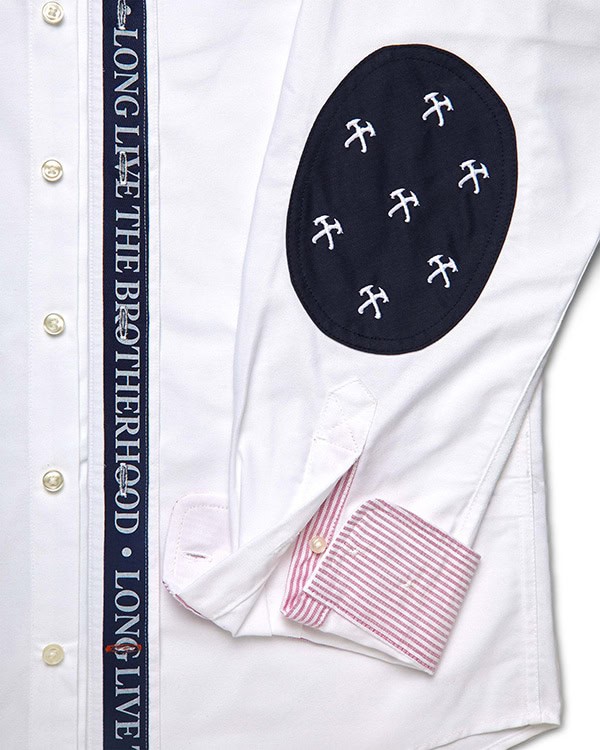
Leader in premium hunting and sportsman clothing and gear, Ball and Buck is proud to announce a limited edition Jack Carr Hunters Shirt.
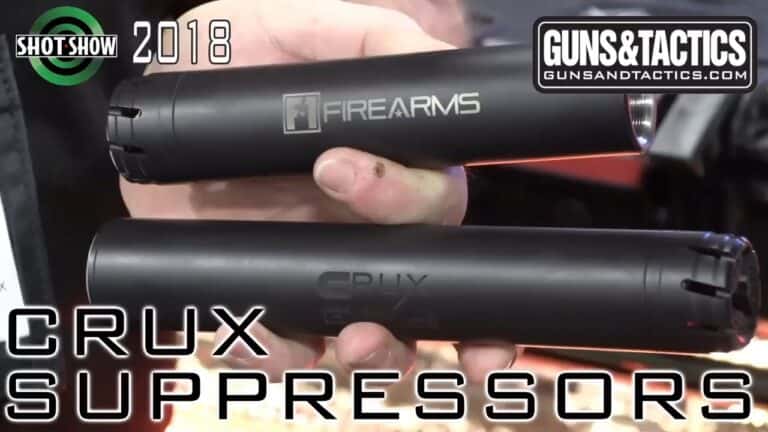
Steve talks with Curtis from Crux Suppressors about the company, technology, products and you learn how to properly pronounce the company name. Crux
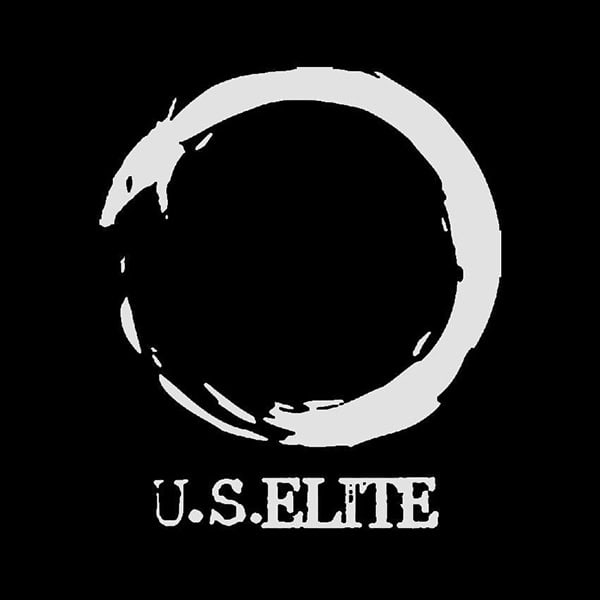
Spooky savings this weekend! Save 25% on in stock Vertx, Tasmanian tiger and Snugpak at U.S. Elite. Check it out.
[dcs_img_right framed=”black” w=”145″ h=”162″] http://gunsandtactics.wpengine.com/wp-content/uploads/2012/04/streitgroup.jpg [/dcs_img_right] Streit Group, a global armoured vehicle maker, officially opened its new facility in Ras Al Khaimah, UAE, which with 120,000 square metres…
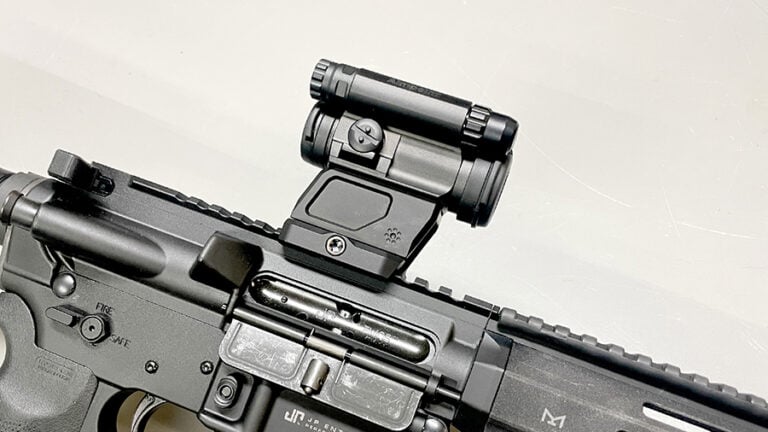
In this First Look episode we check out the new Aimpoint Micro Mount from Arisaka, like all things Arisaka this is a very nice mount.
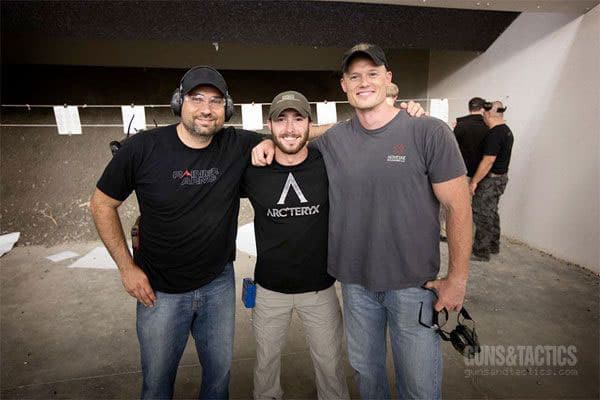
The reason we train is because the moment you are forced to draw your weapon, two lives will certainly change forever. Today I drew my weapon on another human being for the first time and I am thankful that I was not forced to end his life. I am writing this shortly after the encounter as a way to process what happened. It may sound raw and unedited and that is fine. The following happened 2014-06-26 at approximately 11:30 AM.
© 2025 UN12 Magazine
© 2025 UN12 Magazine
Wait! Don’t forget to